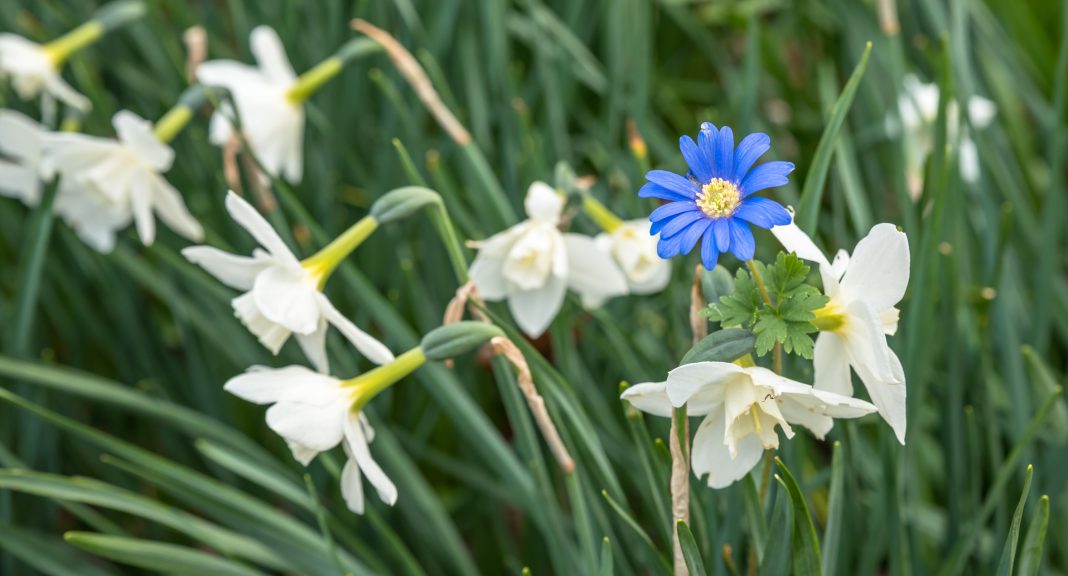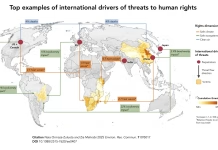Researchers have found that human activity has the largest impact on plant communities, as seen with climate change, or the introduction of an invasive species
Human activity, as seen with species extinction, the introduction of non-native plants, climate change, and pollution, is a large contributor to change in plant communities. Though these patterns have been formerly studied, most investigations have focused on only one of these factors in a local area rather than more globally.
Biotic homogenization – the gradual replacement of native species by locally spreading non-native species – is caused by the extinction and the naturalization of non-native species. This often leads to a reduction in species and thus, evolutionary differences.
Plant homogenisation has often occurred with the introduction of invasive species to different eco-systems, in which plant invasions were accelerated around 500 years ago with the international travel of humans.
Lead author Barnabas H. Daru, former postdoctoral fellow at the Harvard University Herbaria and in the Department of Organismic and Evolutionary Biology, said: “A lot is known about how animal communities are responding to global change, but we know so little about how plant communities are responding to global change.
The extinction of a species, prompted by human activities, can increase biotic homogenisation
Published in Nature Communications, researchers compiled a dataset of over 200,000 plant species globally, demonstrating the extent human activity has on the extinctions of species and the reorganisation of non-native invasive plants in plant communities. All data was based on the Anthropocene, which is the current geological age dominated by human activity.
The project began with mapping North American biomes at Harvard University, lead author Daru then expanded this project to include the biomes of Australia, South Africa, Europe and China. The study observed the changing of landscapes and communities of plants, particularly after the connection of the eastern and western hemispheres around 500 years ago.
The analyses demonstrated the large-scale loss of species’ distinctiveness across landscapes, motivating these researchers to find out the contributing factors to these changes.
Humans are removing the distinctiveness of regional biotas, which could likely have negative impacts on key ecosystem functions
To assess the impacts of biotic homogenisation, Daru moved from mapping biomes to quantifying these processes. Daru developed the database GreenMaps from global digitized Herbaria collections.
Daru’s creation of a global map provides knowledge about global distributions of plant occurrence records, by generating predicted distributions for more than 200,000 species worldwide.
Of the more than 200,000 species, 10,000 were shown to be invasive plants which were naturalised to other parts of the world. Over 1,000 of these were species which had recently gone extinct, within the last three to four hundred years.
Both extinction and the naturalization of non-native plants drives homogenization. However, the study showed that regardless of a scenario with extinction, the strongest contributor to biotic homogenizations came from non-native plants which have been naturalised by humans.
Co-author Professor T. Jonathan Davies from the University of British Columbia, said: “Plants are foundation species. They sustain food chains and drive terrestrial ecosystem productivity. This means that plant distributions often underlie the biogeographic histories of other organisms so it’s important to understand the impact of anthropogenic change in plant communities.
“The study’s results highlight yet another imprint of the Anthropocene and demonstrate the profound influence humans exert on regional biotas beyond changes in species richness.
This study demonstrates the enormous value and utility of natural history collections far beyond their original use, especially once they are digitised and mobilized online.”
Daru added: “Invasive species are naturalized intentionally or unintentionally, but ultimately these naturalizations were aided by humans on an ever-shrinking planet.”











